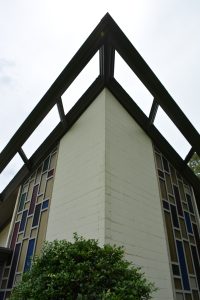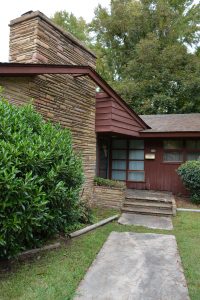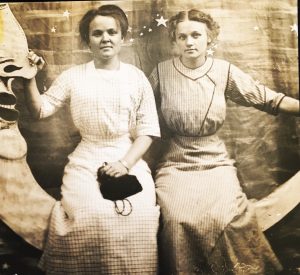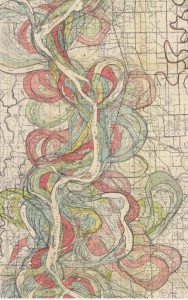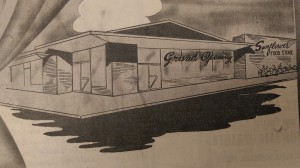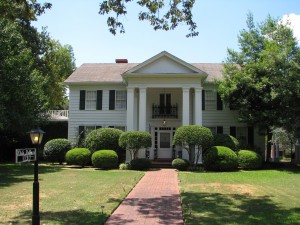Lakeport Legacies · Revising the Mississippi Capitol
Revising the Mississippi Capitol
presented by
Jennifer Baughn & Brenda Davis (Mississippi Department of Archives & History)
Thursday, July 28
Refreshments & Conversation @ 5:30 pm
Program @ 6:00 pm
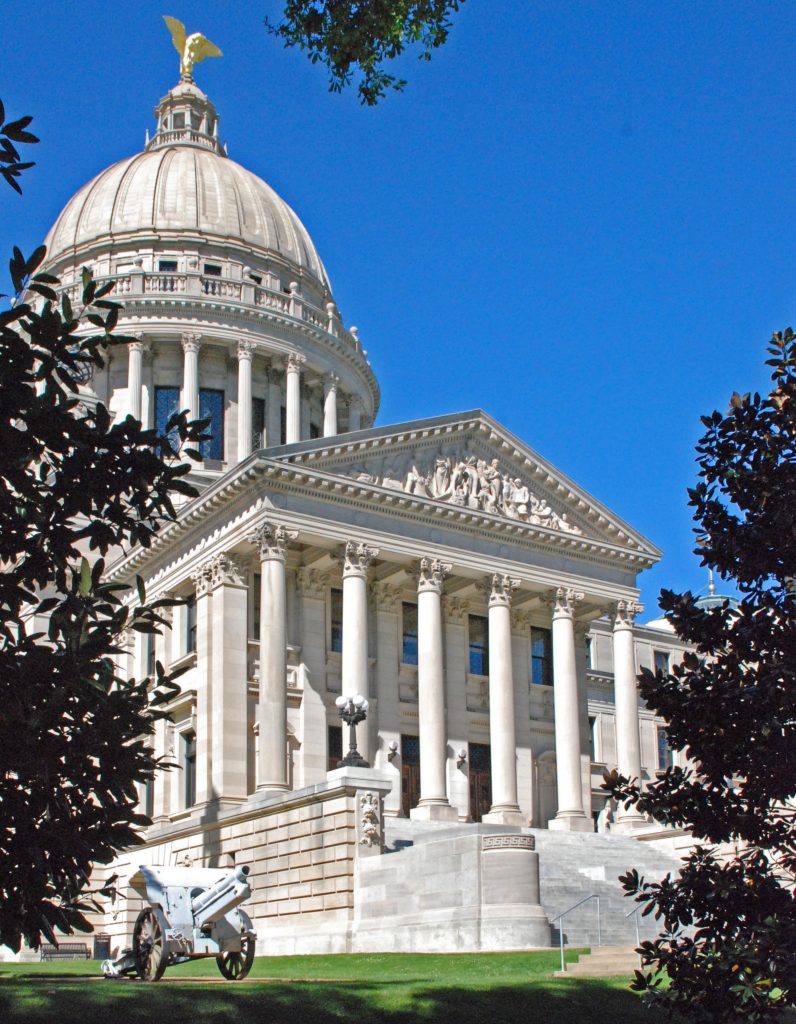
Designed by St. Louis architect, Theodore Link, the Mississippi State Capitol was constructed between 1900 and 1903. Currently the Beaux Arts-style building is undergoing a two-year, $7.4 million repair and restoration project.
Jennifer Baughn and Brenda Davis will present “Revising the Mississippi Capitol.” The pair will discuss recent findings that are forcing a reassessment of long-held “facts” about some of the building’s most prominent architectural features. Baughn, the chief architectural historian for MDAH, and Davis, curator of the state capitol, worked together on a revised architectural tour guide for the state capitol. It was during research for that piece that they first noticed inconsistencies in previous interpretations of the building’s history.
“Our presentation will answer questions like ‘is the stained glass made by Tiffany’ and ‘why does the eagle face south?'” said Baughn. “And are there really tunnels under the capitol?” added Davis. Baughn and Davis will also address claims that George Mann, the original architect for the Arkansas State Capitol, designed Mississippi’s Capitol dome.
The Mississippi State Capitol is undergoing a two-year, $7.4 million repair and restoration project that will leave the 112-year-old structure in its best shape in decades. Priorities are to address longtime water leaks, replace materials damaged by water and weather, and clean the exterior. The copper eagle atop the main dome has been regilded in gold leaf on site, and seventy-five exterior stained glass windows have been removed, cleaned, and repaired.
Please RSVP to this FREE Event
(by phone, email or online)
870.265.6031 ·
601 Hwy 142 · Lake Village, AR 71653
Lakeport Legacies (LL) meets in the Dining Room of the Lakeport Plantation house. LL, held on one of the last Thursdays of the month at the Lakeport Plantation, features a history topic from the Delta. For more information, call 870.265.6031.


